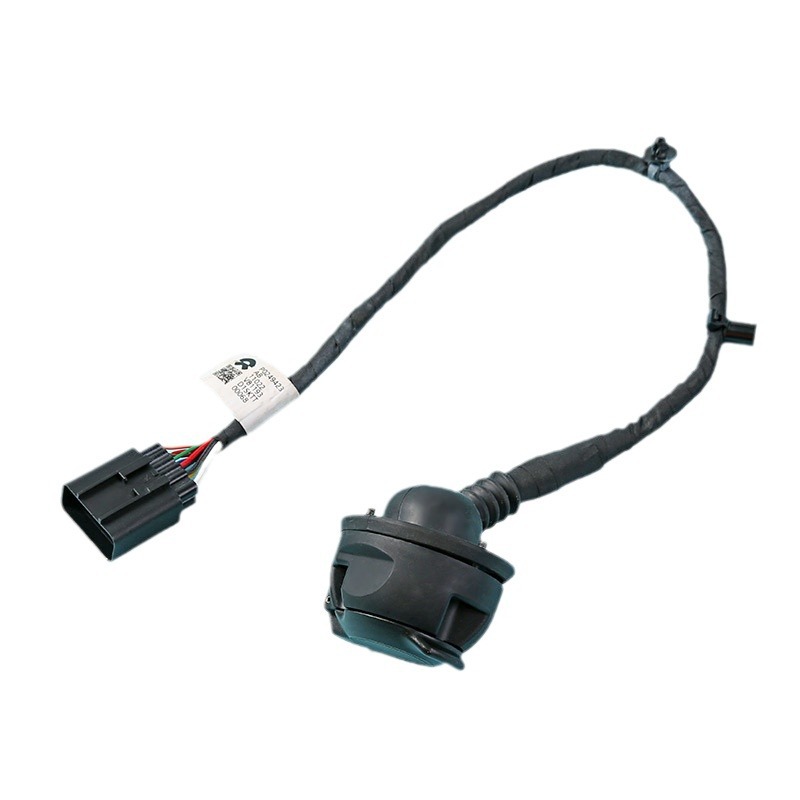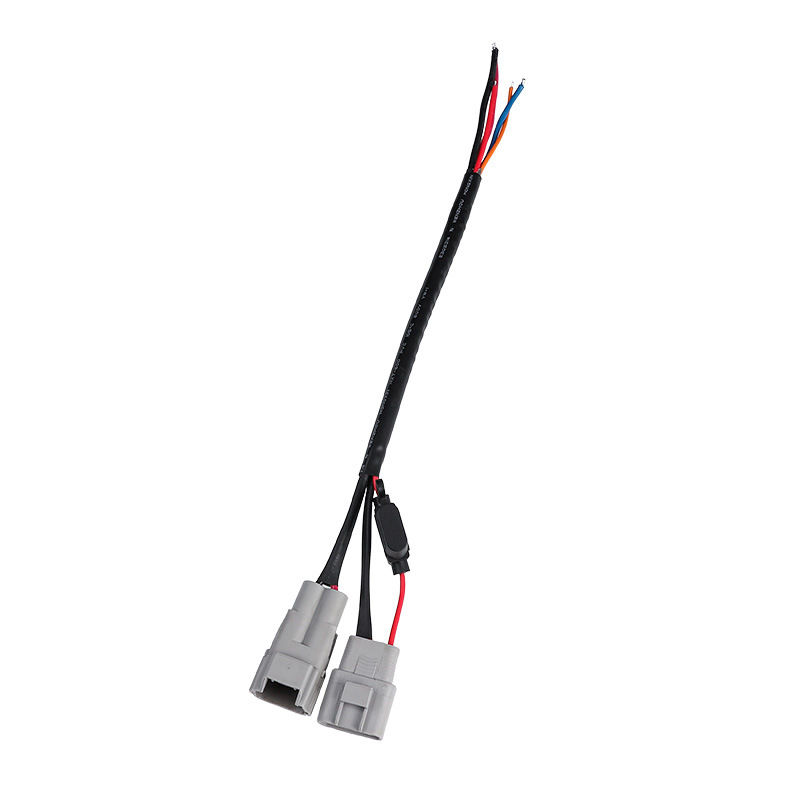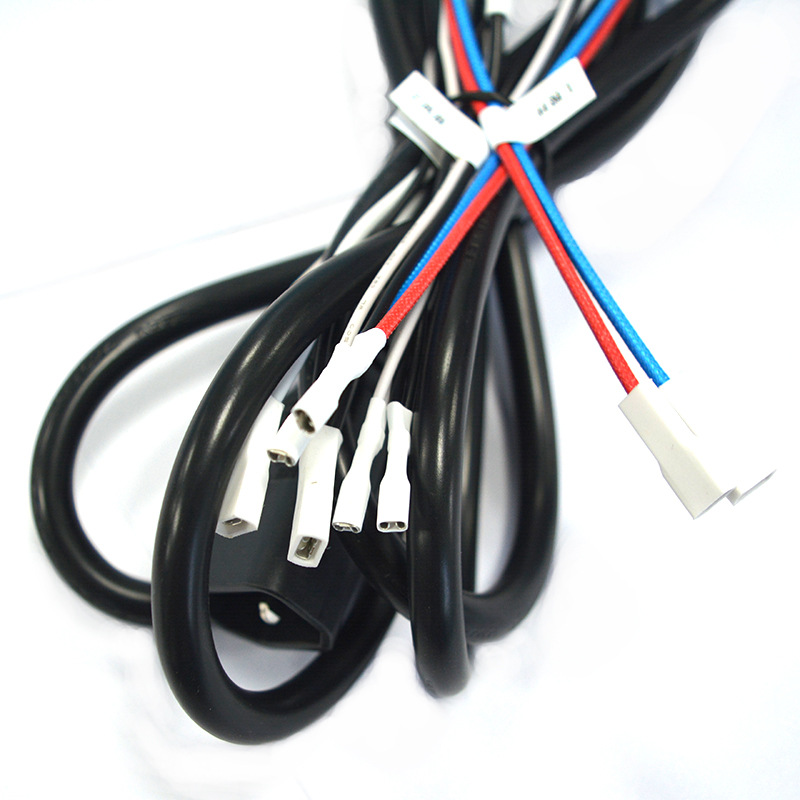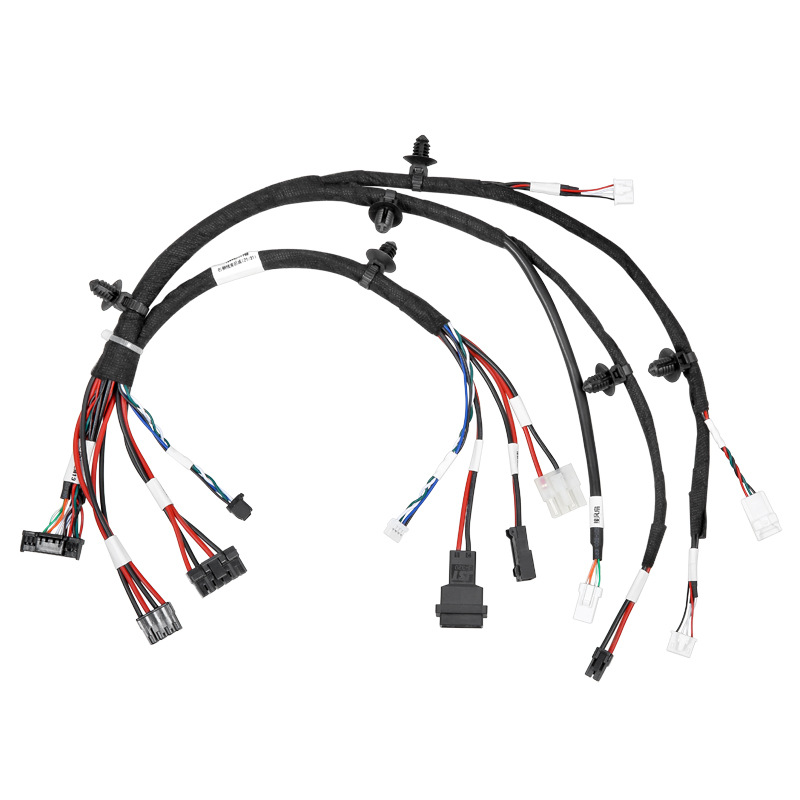Seguir progresando, perseguir la integridad, abrazar el futuro
Choosing the appropriate harness length requires comprehensive consideration of multiple factors, including equipment layout, installation space, electrical performance, and cost-effectiveness. The following are the specific steps and suggestions for selecting the length of the wiring harness:
1. Determine equipment layout
Measuring distance: Based on the actual layout of the equipment, measure the distance between the power source and each electrical device. Ensure that the actual path between devices, including bends and detours, is taken into account during measurement.
Reserve margin: On the basis of measurement, reserve a certain margin (usually 10% to 20%) to cope with adjustments during installation and future maintenance needs.
2. Consider installation space
Space limitation: In devices with limited space, choose the shortest possible wiring harness to reduce wiring confusion and improve space utilization.
Flexibility: In devices that require frequent adjustment or movement, choose slightly longer wiring harnesses to provide sufficient flexibility.
3. Electrical performance
Voltage drop: Ensure that the length of the wiring harness does not cause excessive voltage drop. An excessively long wiring harness may cause a significant voltage drop, affecting the normal operation of the equipment. Calculate the maximum allowable harness length based on the voltage and current requirements of the equipment.
Signal integrity: For wiring harnesses that transmit high-speed signals, ensure that the length of the harness does not cause signal attenuation or distortion. High speed signal wiring harnesses typically require stricter length control.
4. Cost effectiveness
Material cost: Choose the appropriate wire harness length to reduce unnecessary material waste and lower material costs.
Installation cost: Long wiring harnesses may increase installation time and complexity, thereby increasing installation costs. Choosing the appropriate length can optimize installation efficiency.
5. Maintenance and Scalability
Maintenance requirement: Reserve sufficient wire harness length for future maintenance and repair. A too short wiring harness may cause inconvenience during maintenance.
Scalability: If the device may be expanded or upgraded in the future, choose a slightly longer wiring harness to accommodate future expansion needs.
6. Environmental factors
Temperature and humidity: The performance of the wiring harness may be affected in high temperature or humid environments. Choose the appropriate length of the wiring harness to ensure its reliability and safety in these environments.
Mechanical stress: In environments with high vibration or mechanical stress, choose the appropriate length of the wiring harness to reduce the risk of wear and breakage.
7. Actual cases
Automotive wiring harness: In automobiles, wiring harnesses need to connect the engine, battery, control unit, and various sensors. According to the layout of the car, measure the distance from the battery to each device and reserve a margin of 10% to 20%. For example, if the distance from the battery to the engine control unit is 2 meters, choose a wire harness with a length of 2.2 to 2.4 meters.
Industrial automation: In industrial automation equipment, wiring harnesses need to connect control units, sensors, and actuators. According to the layout of the equipment, measure the distance from the control unit to each device and reserve sufficient margin. For example, if the distance from the control unit to the sensor is 1.5 meters, select a wire harness with a length of 1.65 to 1.8 meters.
Consulta
ÚLTIMOS BLOGS
CONSULTA
PRODUCTOS RELACIONADOS
 ¿Cuál es más estricta, la certificación UL o la certificación CE para arneses de cables?RCD tiene más de una década de experiencia en el ensamblaje de cables y conectores necesarios para equipos en entornos exteriores hostiles.
¿Cuál es más estricta, la certificación UL o la certificación CE para arneses de cables?RCD tiene más de una década de experiencia en el ensamblaje de cables y conectores necesarios para equipos en entornos exteriores hostiles. ¿Cuáles son las principales áreas de aplicación de los cables coaxiales?RCD tiene más de una década de experiencia en el ensamblaje de cables y conectores necesarios para equipos en entornos exteriores hostiles.
¿Cuáles son las principales áreas de aplicación de los cables coaxiales?RCD tiene más de una década de experiencia en el ensamblaje de cables y conectores necesarios para equipos en entornos exteriores hostiles. ¿La vida útil del cable es de 15 años o 5 años?RCD cuenta con más de una década de experiencia en el montaje de cables y conectores necesarios para equipos de exterior en entornos difíciles.
¿La vida útil del cable es de 15 años o 5 años?RCD cuenta con más de una década de experiencia en el montaje de cables y conectores necesarios para equipos de exterior en entornos difíciles.




